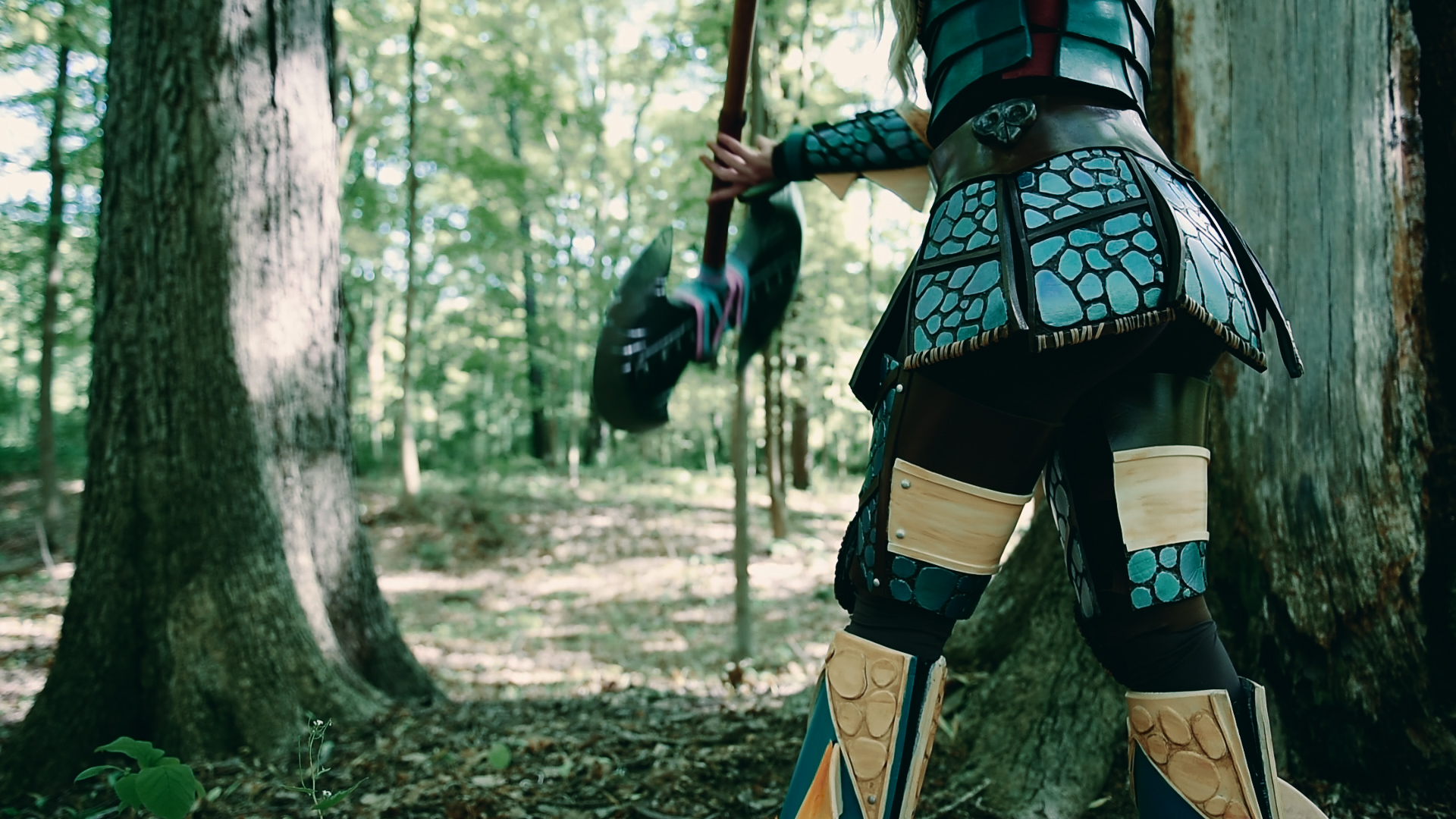Everyone has a different philosophy about cosplay, and different reasons for cosplaying in the first place. While all of these motivations are valid, there’s a certain debate in the cosplay community about whether a cosplay needs to be “accurate to the character” to be considered legitimate. Of course, we believe all cosplay, whether it’s accurate or a complete reimagination of a character, are equally legitimate. But in discussing accuracy in cosplay builds, we started to wonder when it might be best to stay true to a character’s canon design and when it’s better to deviate. In this post, we’ll discuss when and why some creators choose to strive for accuracy in cosplay and why others don’t.
Accuracy vs. Comfort and Convenience: What’s Most Important to You?
On one hand, many cosplayers believe that creating a costume is a way to pay tribute to a character, series, or other existing work that means a lot to them. In that sense, creating an accurate cosplay, that recreates the character in as perfect detail as possible, is a more meaningful tribute. Precision in the execution of the details of your cosplay and props shows dedication to the source material and to the craft of cosplay itself. Accurate cosplays of this nature tend to be detailed and impressive, showing a professional level of quality and an openness of the cosplayer to learn the skills necessary to build a real-life version of a fictional character.
However, there are plenty of reasons why a cosplayer might choose to change the design of a character or make their cosplay out of different materials, in multiple pieces, etc. For one thing, some cosplay details can be incredibly intricate, and therefore difficult to execute, especially if you’re working with a limited budget or time frame. Sometimes, situations dictate that you sacrifice some accuracy in order to have a finished cosplay you can wear, and that’s ok!
 Additionally, some character designs may be more advanced than a cosplayer’s current skill level, but with a few easy substitutions, the cosplayer can portray the character they want to be. For instance, making armor out of actual metal is above and beyond what an average cosplayer can tackle. However, switching out the metal for foam or other materials, which while not technically accurate to the character, can make for a more enjoyable crafting process and a more comfortable cosplay to wear all day as well.
Additionally, some character designs may be more advanced than a cosplayer’s current skill level, but with a few easy substitutions, the cosplayer can portray the character they want to be. For instance, making armor out of actual metal is above and beyond what an average cosplayer can tackle. However, switching out the metal for foam or other materials, which while not technically accurate to the character, can make for a more enjoyable crafting process and a more comfortable cosplay to wear all day as well.
The level of accuracy you’re comfortable with should dictate how you decide to build your own cosplay. If you’re ok with skipping over a few details, that’s your choice.
Finally, the cosplay community should be welcoming and inclusive of all types of cosplayers, regardless of face, gender, background, etc. In order for a cosplay to be “accurate,” the cosplayer’s own physical attributes should not be taken into consideration. You can cosplay a character with a different body type than your own, for example, and any gatekeeping against someone who chooses to do so is not justified. After all, cosplay is meant to be a fun and creative hobby that brings people together and celebrates the media we know and love. At it’s core, accurate or not, that’s what cosplay is all about.